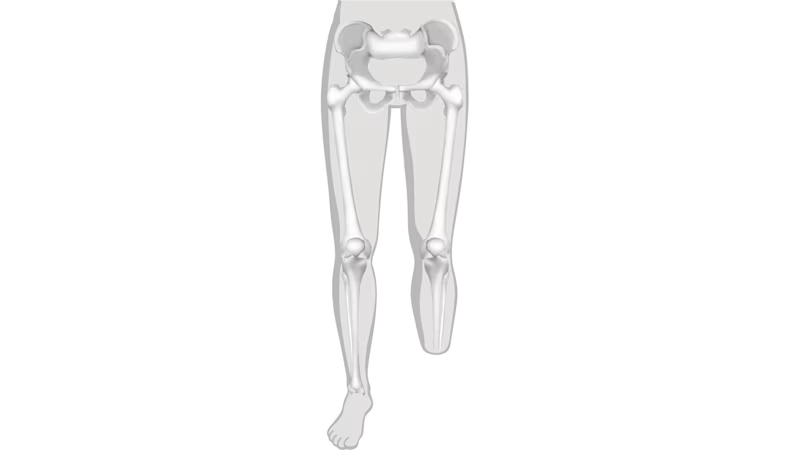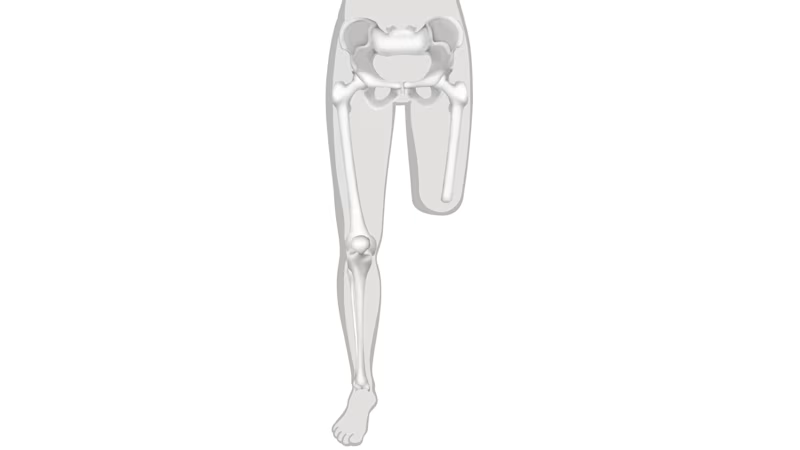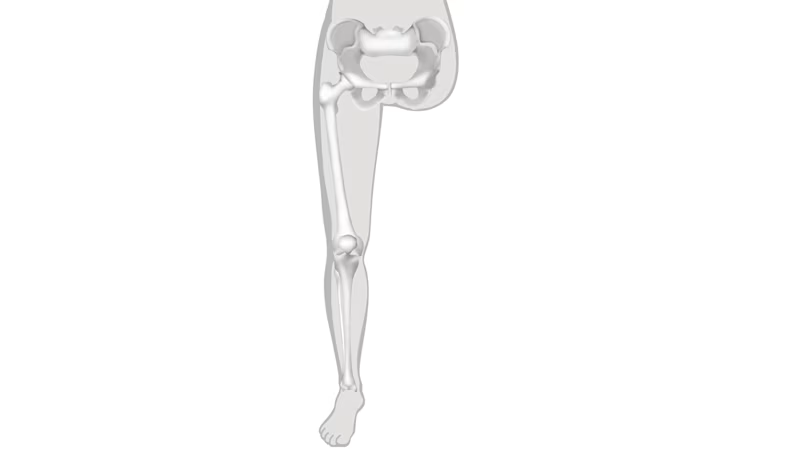


Preparing for your amputation surgery
Learn about what happens leading up to a planned amputation and how you can prepare yourself.
Learn about what happens leading up to a planned amputation and how you can prepare yourself.
Preparing yourself for a planned amputation
You may have known about your amputation surgery for a while or may have just found out. Either way, we understand that this is difficult to hear. Remember you are not alone, your treatment team, family, and loved ones are there to support you. We want to help you prepare yourself for this step, learn what happens when a leg is amputated, who looks after you, and especially what happens afterward.
Here are a few of the topics they’ll discuss with you, and that you’ll learn about in this article:
The different kinds of lower limb amputations (“amputation levels”), and what to know about the kind you’ll experience
Important ways to start preparing for your amputation surgery, and how it will impact your everyday life
How and where to find support for your daily life with lower limb difference
Get in touch with experts
Even though it’s so important, many people don’t realise that you can have an influence on who will be treating you. Your care team includes everyone who looks after you during and after the amputation. The team includes your doctor, nurses, prosthetist, physiotherapist, and occupational therapist. It’s important that you are treated by specialists with plenty of experience with leg amputees. Here you will find information so you can learn all about the general treatment process and the various tasks of everyone involved. Our list of experts helps you get in contact with the right specialists, and you can use our checklist to make sure you have considered all the steps.
Common reasons for lower limb amputation
An amputation is the surgical removal of part of the body and is required when an injured or diseased body part is not expected to heal and as a result poses a risk the patient’s life. Causes may include circulatory disorders, infections, accidents, cancer or a congenital limb difference (dysmelia). In some cases, the need for an amputation is known some time in advance. On the other hand, amputations are sometimes necessary entirely unexpectedly, for example, due to severe injuries after an accident.

Determining the appropriate amputation level
The term amputation level describes the location at which a body part is amputated. It is determined by your surgeon before the operation and is based on the reason for amputating.
If the surgery is planned, your prosthetist may be included in the consultations beforehand, as they can help find the right device for you based on your amputation, lifestyle, and favourite activities.

Experts that are there for you
Loosing your leg is a major medical procedure, a team of experts from various disciplines will handle your treatment before and after your amputation. We have listed the members of this team here and described the role each of them plays in your treatment. Your prosthetist will play a pivotal role within this team. If you can, it may be beneficial to speak with them before your amputation.

Further Information

After leg amputation
Read about what to expect after a leg amputation, how to heal your residual limb, and finding the right rehabilitation facilities.
Read about what to expect after a leg amputation, how to heal your residual limb, and finding the right rehabilitation facilities.

Rehabilitation and leg prosthesis
Discover detailed information on caring for the residual limb, handling prostheses and gait training for a life with a leg prosthesis.
Discover detailed information on caring for the residual limb, handling prostheses and gait training for a life with a leg prosthesis.

Prosthetic legs
Learn how prosthetic legs help people regain their mobility, rebuild their confidence, and explore their world again.
Learn how prosthetic legs help people regain their mobility, rebuild their confidence, and explore their world again.
3 results out of 3






